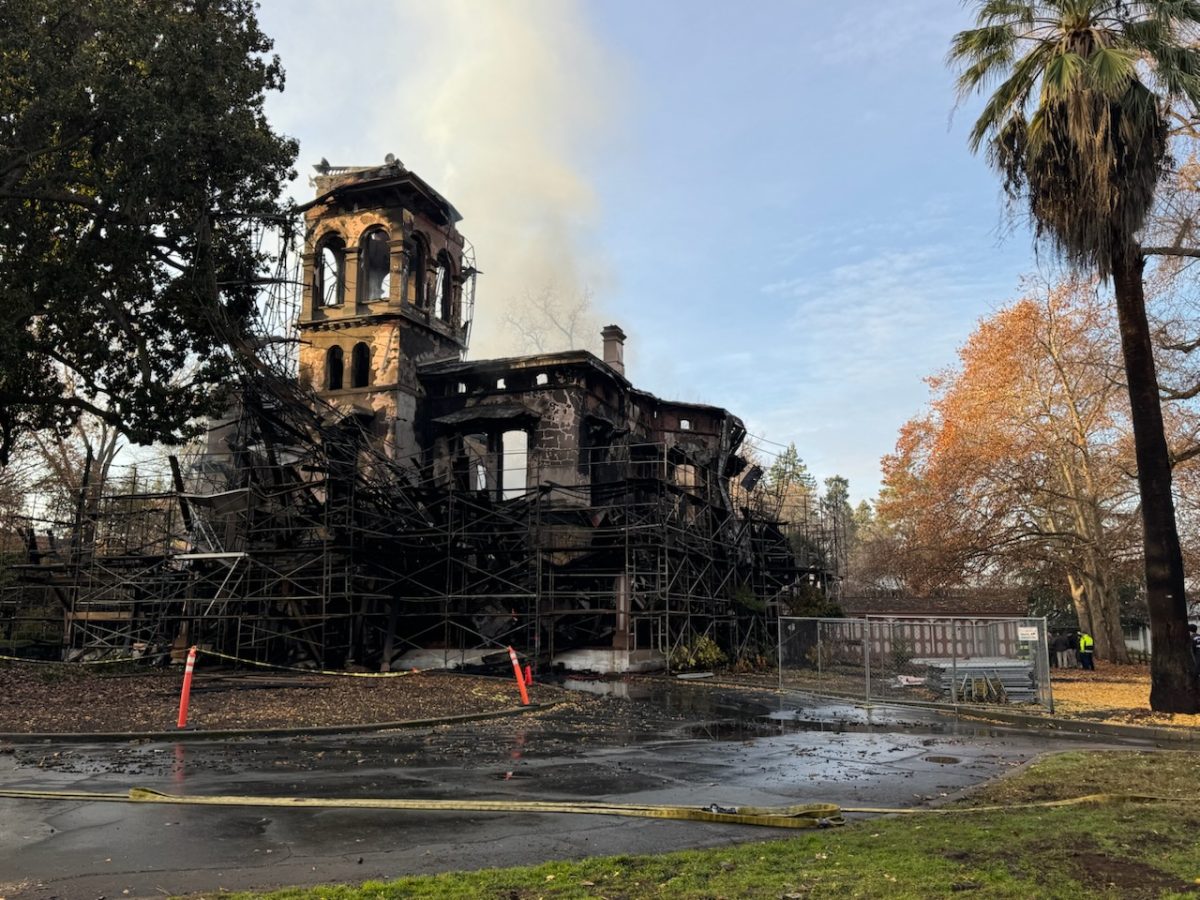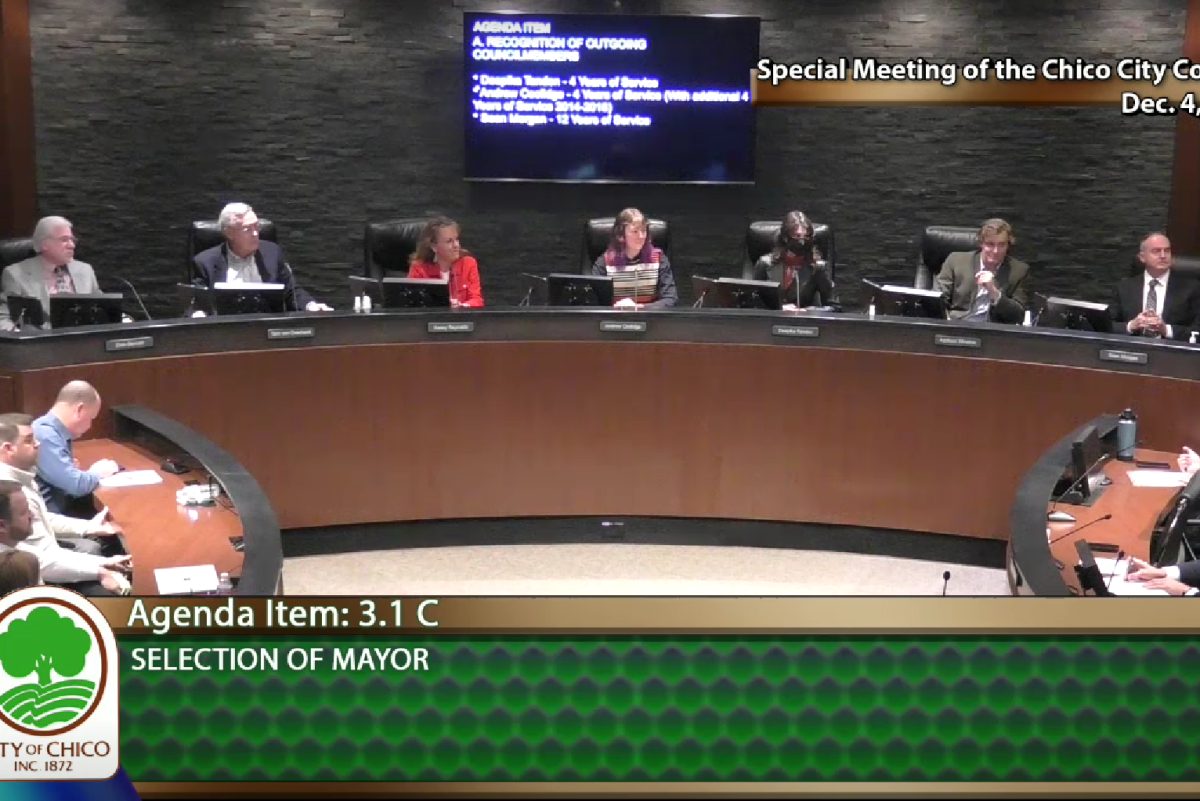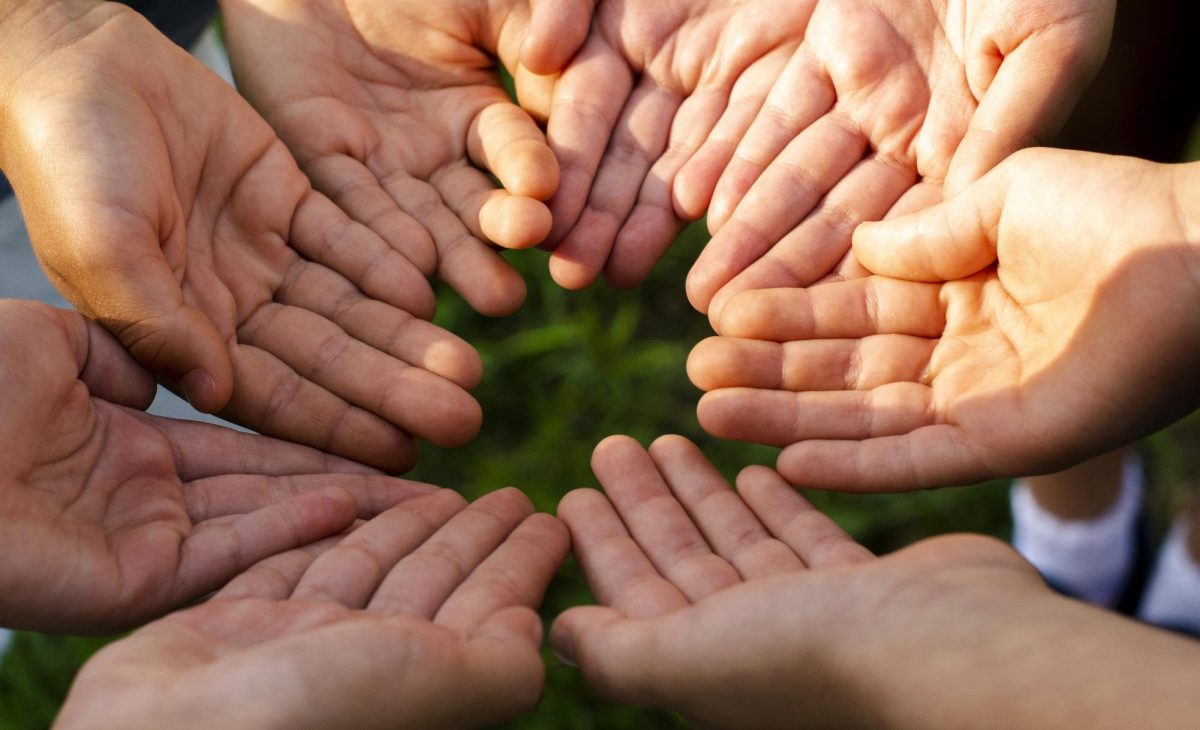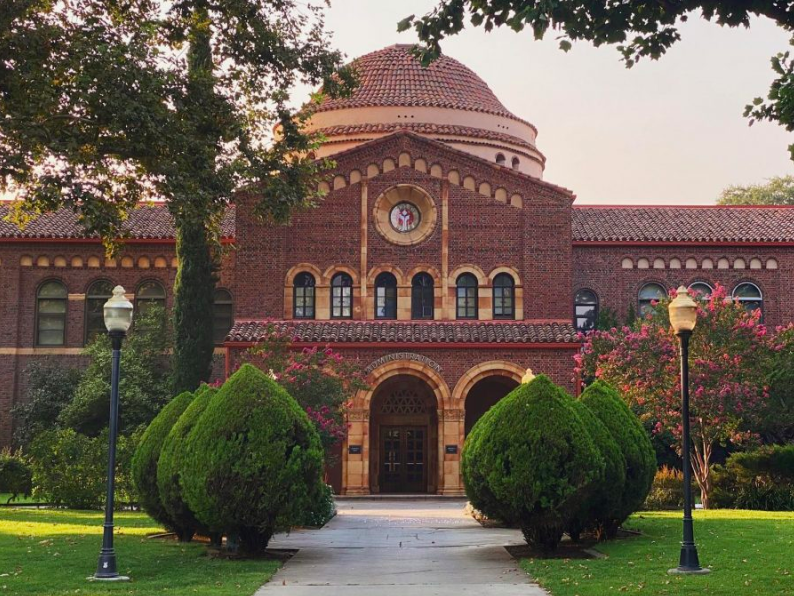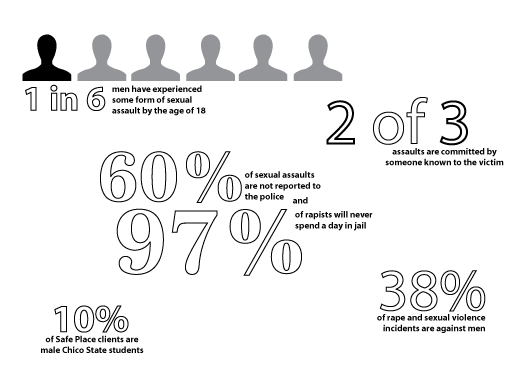
After being severely beaten and nearly sodomized with a broomstick, a Chico State student found himself tied up on a bathroom floor by the man who had charmed him months before.
In October of 2012, the student, who prefers to remain anonymous, was attacked and sexually assaulted by three men including his former boyfriend.
“The whole time, the only thing that was going through my head was, ‘Am I going to survive?’” he said.
The victim dated his perpetrator for a few months before ending the relationship when he realized how manipulative and abusive his boyfriend was, he said.
A few weeks after the relationship ended, the man called the victim to meet up at his house, where the incident happened, he said. When the victim arrived, he immediately knew something was wrong.
“I still have that mental panic attack and anxiety,” he said. “I wake up to thinking about what happened that day.”
The victim would have been more comfortable coming forward if he knew that other men have been through the same thing, he said.
“I was hesitant to come forward, but I knew I needed assistance,” he said.
The victim’s experience is one of many sexual assaults committed against male Chico State students, said Emily Peart, the Safe Place program coordinator with the University Police.
Around 10 percent of Safe Place clients are male Chico State students and the number would be much greater if every man who was sexually assaulted sought help, she said.
Last year, the National Crime Victimization Survey revealed that 38 percent of rape and sexual violence incidents were against men, a jump from the five to 14 percent recorded in previous years, according to the Bureau of Justice Statistics.
It’s likely the jump was caused by an increase in education on male sexual assault and rape, Peart said.
Men are finding out that sexual assault is not just a women’s issue, so they are more comfortable reporting it, she said.
“I think it’s fantastic that we’re getting a more accurate portrayal of what’s actually going on and how many of the men in this country are being victimized,” she said.
Men report sexual assaults much less than women do because there is a huge stigma surrounding men being raped, Peart said.
“The idea of a man coming forward and saying he needs help because of sexual assault is kind of taboo in this society,” she said. “It’s something we don’t talk about and when you don’t talk about something, people do not want to come forward.”
In order to raise awareness about male rape, sexual assault needs to be considered a human issue, not just a women’s issue, Peart said.
“If we don’t start addressing it as a human issue instead of a women’s issue, I think we are doing everyone a huge disservice,” she said.
The media has made a huge impact on victims because men are never portrayed as vulnerable or hurt and it is always women, the victim said.
“Even after all I’ve been through, when I picture domestic violence, I picture a man beating a woman,” he said. “Even though I know that I have been through it.”
Myths concerning male sexual assault also prevent men from being comfortable with coming forward, Peart said.
“Just because a man was abused does not mean we need to start questioning anything about him,” she said. “We don’t need to question if he is weak or if he is strong.”
Society has made it more acceptable for women to seek help so there is more hesitation for a man, Peart said.
“If it can happen to a woman, it can happen to a man and I think society needs to accept that,” the victim said.
Male victims of sexual assault need to know that it is safe to seek assistance because they are not alone and there is always someone willing to help, he said.
“Don’t be afraid to come forward,” he said. “If they did it to you, they will do it to someone else.”
Madison Holmes can be reached at [email protected] or @madisonholmes95 on Twitter.



